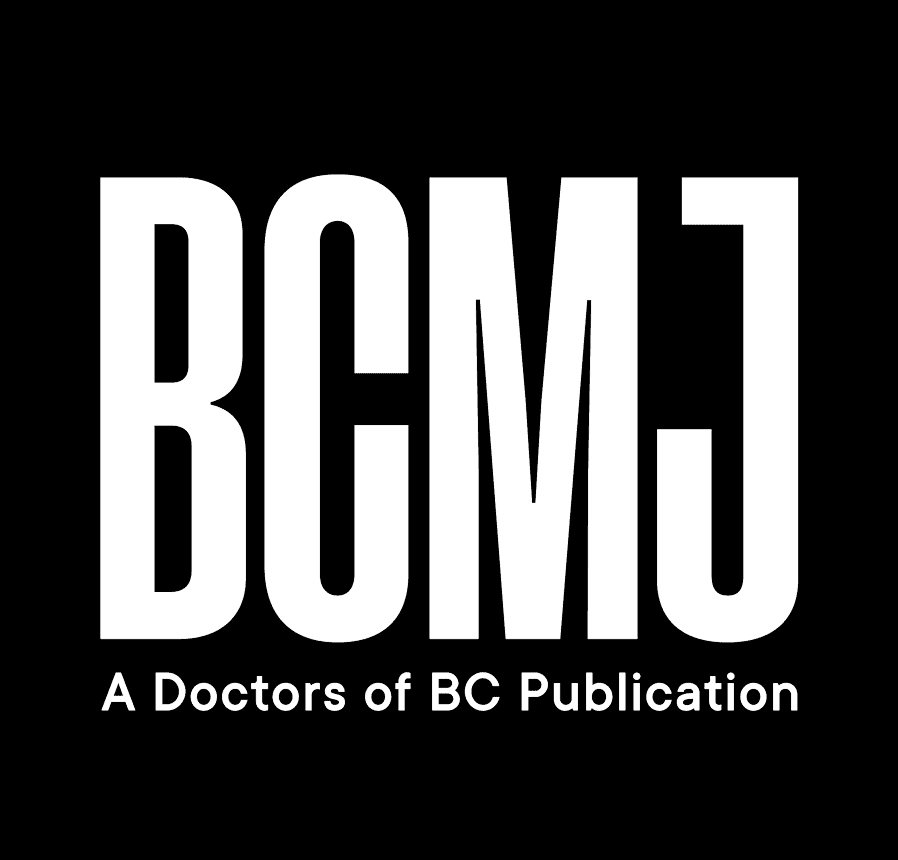Re: Delirium in older adults
Despite high-yield research and scholarship regarding delirium, it continues to be a major complication associated with an intensive care unit (ICU) experience.
Despite high-yield research and scholarship regarding delirium, it continues to be a major complication associated with an intensive care unit (ICU) experience. Referenced work in this manuscript [BCMJ 2017;59:165-170] conducted by Inouye was expansive and helpful; however, foundational work conducted by Dr Ely’s research group was missing. Besides the 3D-CAM presented by Dr Wan and Dr Chase, Ely and colleagues have developed and validated a variation of the Confusion Assessment Method (CAM) for the ICU (CAM-ICU).[1] The CAM-ICU has been further validated for use in emergency medicine, giving it benefit over the 3D-CAM.[2] In these aforementioned studies, figures and the entire CAM-ICU have been included. While reference to experimental validation of the 3D-CAM was provided, an overview or diagram of the 3D-CAM with the analysis would have been helpful.[1,2] Regarding the prevention of delirium during hospitalization, we appreciate that the Hospital Elder Life Program (HELP) monitors several risk factors and limits the prevalence and duration of delirium. However, while there is some overlap, implementation of the ABCDEF bundle also limits delirium, is more robust, and should have been discussed in the manuscript.[3]
With the time saved using the 3D-CAM, it is beneficial to address other underrecognized complications associated with patient hospitalization, namely PTSD and depression. Rates of ICU-related PTSD have been shown to be up to 10% among ICU survivors and can be quickly and accurately assessed using the PTSD Checklist Event-Specific Version (PCL-S).[4] While there may be some relation to high rates of delirium, studies show that ICU patients are susceptible to higher rates of depression following discharge as well as long-term cognitive impairment in concordance with delirium.[5] In conjunction with comprehensive screening for delirium, monitoring for PTSD, depression, and cognitive impairment is imperative for improving the long-term neuropsychological benefits, and should have been discussed to promote improved patient outcomes.
—Brandon M. Theriault
Vanderbilt University
Nashville, TN
—Joseph J. Schlesinger, MD
Vanderbilt University Medical Center
Nashville, TN
References
1. Ely EW, Inouye SK, Bernard GR, et al. Delirium in mechanically ventilated patients: Validity and reliability of the confusion assessment method for the intensive care unit (CAM-ICU). JAMA 2001;286:2703-2710.
2. Han JH, Wilson A, Graves AJ, et al. Validation of the Confusion Assessment Method for the Intensive Care Unit in older emergency department patients. Acad Emer Med 2014;21:180-187.
3. Balas MC, Vasilevskis EE, Olsen KM, et al. Effectiveness and safety of the awakening and breathing coordination, delirium monitoring/management, and early exercise/mobility (ABCDE) bundle. Crit Care Med 2014;42:1024-1036.
4. Patel MB, Jackson JC, Morandi A, et al. Incidence and risk factors for intensive care unit–related post-traumatic stress disorder in veterans and civilians. Am J Respir Crit Care Med 2016;193:1373-1381.
5. Jackson JC, Pandharipande PP, Girard TD, et al. Depression, post-traumatic stress disorder, and functional disability in survivors of critical illness in the BRAIN-ICU study: A longitudinal cohort study. Lancet Respir Med 2014;2:369-379.
